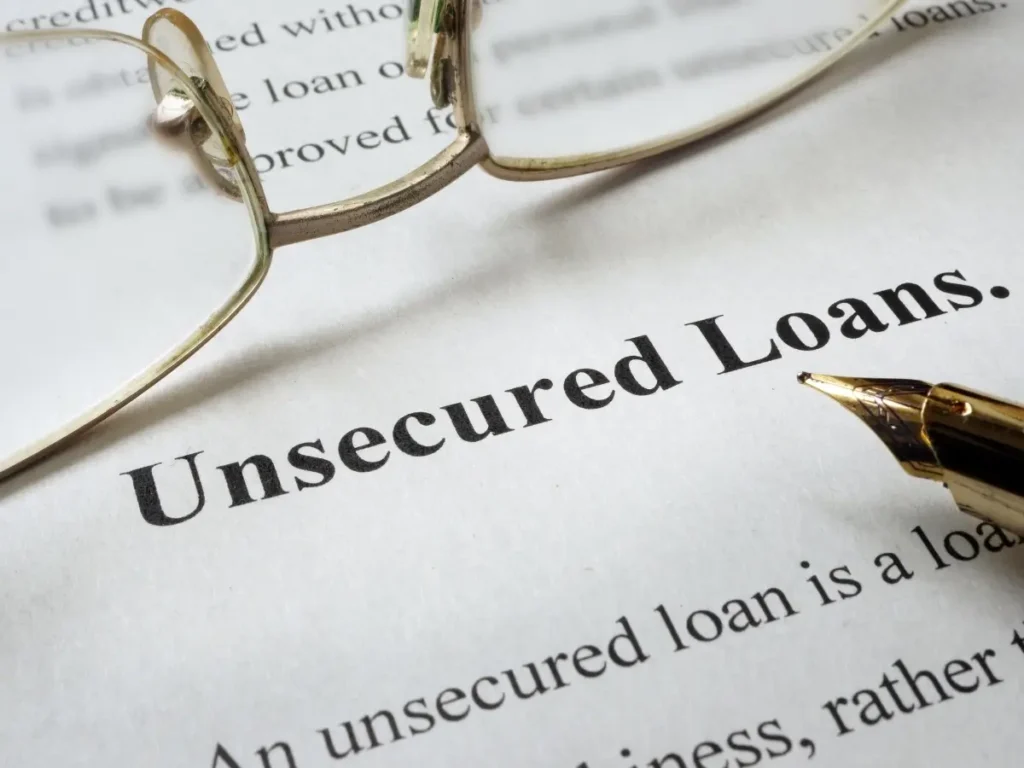Understanding the difference between secured and unsecured loans is essential for making informed financial decisions. While both types of loans allow borrowers to access funds, they differ significantly in the level of risk involved for the lender and the borrower.
Secured loans are loans that require collateral, which is an asset that the lender can seize if the borrower fails to repay the loan. Unsecured loans, on the other hand, do not require collateral and are granted based on the borrower’s creditworthiness.
Secured loans, as the name suggests, are loans that are secured by collateral. Collateral is an asset that a borrower pledges to the lender as security against the loan. In the event that the borrower defaults on the loan, the lender can seize the collateral to recover their losses.
Common types of collateral for secured loans include real estate, vehicles, stocks, and bonds. These assets are considered to have value that can be used to repay the loan if the borrower is unable to.
Secured loans are also known as asset-backed loans because they are backed by valuable assets. These loans are considered less risky for lenders because they have a source of repayment that can be recovered in the event of default.

Secured loans can be used for a variety of purposes, such as purchasing a home or a car, starting a business, or consolidating debt. The amount of money a borrower can receive for a secured loan depends on the value of the collateral pledged.
Overall, secured loans offer borrowers a lower interest rate due to the reduced risk for lenders. However, the borrower must have valuable collateral to offer, and failure to repay the loan can result in the loss of that asset.
Unlike secured loans, unsecured loans are granted based on the borrower’s creditworthiness rather than the presence of collateral. These credit-based loans do not require the borrower to put up any assets as collateral, making them a popular choice for individuals seeking personal loans.
Unsecured loans come in various forms, including personal loans and credit cards. Personal loans are typically offered for a specific purpose, such as debt consolidation or home improvement projects, while credit cards provide consumers with an ongoing line of credit that can be used for everyday expenses.

“Unsecured loans are a convenient option for borrowers who may not have assets to use as collateral, but they often come with higher interest rates due to the increased credit risk faced by lenders.”
While secured loans offer borrowers the benefit of lower interest rates due to the presence of collateral, there are also risks associated with this type of loan. One significant risk is the potential loss of collateral in the event of loan default. If a borrower defaults on their loan, the lender can seize the collateral and sell it to recoup their losses.
Moreover, the loss of collateral can have serious consequences for the borrower, such as losing their home or car. It’s crucial for borrowers to consider their ability to make loan payments and the potential risks before taking out a secured loan.
The interest rates for secured loans reflect the level of risk that lenders face. If a lender perceives that a borrower is unlikely to default on a loan, they may offer a lower interest rate. Conversely, if a borrower has a poor credit history or if the collateral is less valuable, the lender may charge a higher interest rate to offset the additional risk.
Loan defaults present significant financial risks for both borrowers and lenders. Borrowers should strive to make timely payments to avoid defaulting on their loans, while lenders should thoroughly assess the creditworthiness of borrowers to minimize their risk of loan defaults. Overall, secured loans offer lower interest rates but come with the added risk of collateral loss in the event of default.

Unsecured loans pose a higher credit risk for lenders due to the lack of collateral required to secure the loan. This increased risk often results in higher interest rates for borrowers.
Lenders use the borrower’s credit history, income, and debt-to-income ratio to determine the interest rate for an unsecured loan. If the borrower has a poor credit score or a high debt-to-income ratio, the lender may view them as a higher risk and impose a higher interest rate.
Interest rates for unsecured loans can also vary depending on the lender’s policies and the loan terms. For example, a shorter repayment term may result in a lower interest rate, while a longer repayment term may increase the interest rate to compensate for the lender’s increased risk.
To mitigate the risk of default, lenders may also impose stricter eligibility criteria for unsecured loans. This can include requirements for a certain credit score, a minimum income level, or a debt-to-income ratio below a certain threshold.

Borrowers should be aware of the potential risks and high interest rates associated with unsecured loans. It is important to compare offers from different lenders and to ensure that the loan terms are feasible for their financial situation.
When it comes to flexibility, secured loans typically offer more than unsecured loans. This is because lenders have collateral to fall back on if the borrower defaults on the loan. As a result, secured loans often come with longer repayment terms and lower interest rates than unsecured loans.
However, securing a loan requires an asset of value to serve as collateral. Therefore, eligibility for secured loans is limited to those who possess valuable assets that can be used as collateral. This can make it difficult for some borrowers to obtain secured loans, particularly those who do not own property or have other valuable assets.
On the other hand, unsecured loans offer greater flexibility in terms of eligibility. Since these loans are not collateralized, borrowers do not need to own property or have assets of value. Instead, they must demonstrate creditworthiness, typically through a good credit score and steady income.
While unsecured loans involve a higher degree of risk for lenders, they often come with more flexible repayment terms and do not require collateral. This makes them a viable option for borrowers who do not have assets to secure a loan, but can demonstrate creditworthiness through other means.
| Secured Loans | Unsecured Loans | |
| Flexibility | Longer repayment terms, lower interest rates | More flexible repayment terms |
| Eligibility | Requires valuable assets to serve as collateral | Creditworthiness based on credit score and income |
Overall, when choosing between secured and unsecured loans, borrowers must consider their individual financial circumstances and needs. While secured loans offer greater flexibility in terms of repayment terms and interest rates, they require collateral and are often limited to borrowers with valuable assets. Unsecured loans, on the other hand, offer greater flexibility in terms of eligibility, but come with higher interest rates due to increased credit risk for lenders.

In summary, secured and unsecured loans are two types of loan available to borrowers with different features and requirements. Secured loans are asset-backed loans that require collateral to secure them. They are often used for large purchases, such as property or vehicles, and pose less risk to lenders. Unsecured loans, on the other hand, are credit-based loans that don’t need collateral, but rely on the borrower’s creditworthiness. They are often used for smaller purchases and come with higher interest rates.
The key differences between secured and unsecured loans are the presence of collateral, the associated risks and interest rates, and the flexibility and eligibility criteria. Secured loans have lower interest rates due to the presence of collateral, but a borrower can potentially lose the collateral if they default. Unsecured loans pose a higher credit risk to lenders, leading to higher interest rates, but don’t require collateral.
When deciding between secured and unsecured loans, it’s essential to consider the specific needs and financial situation. Borrowers should assess the risk and potential consequences for each type of loan and make an informed decision. Understanding the differences between secured and unsecured loans will help borrowers make the right choices and ensure they are managing their finances responsibly.
In conclusion, it’s crucial to understand the key differences between secured and unsecured loans before making any financial decisions. Borrowers should evaluate the advantages and disadvantages of each type of loan and weigh their options accordingly. By doing so, they can make smart financial decisions that will help them achieve their financial goals.